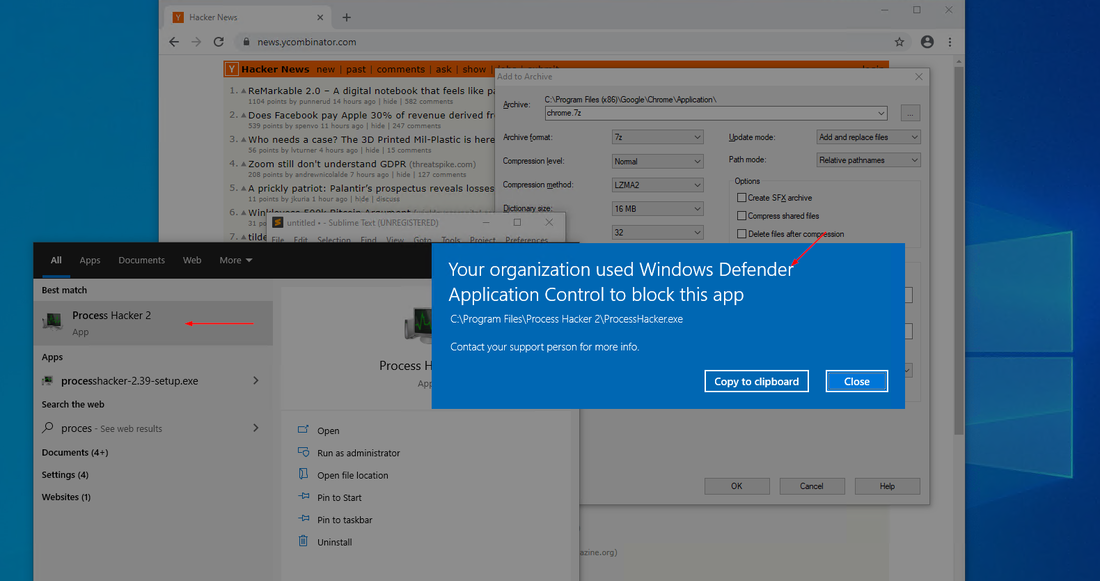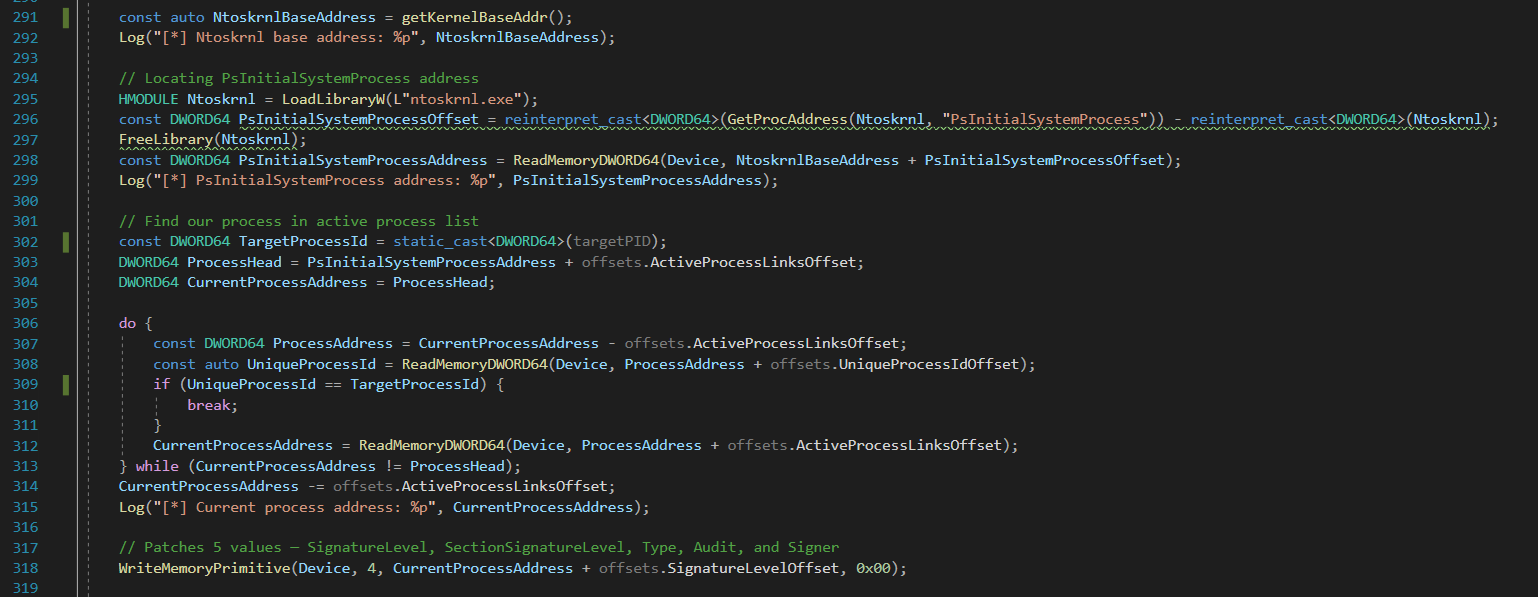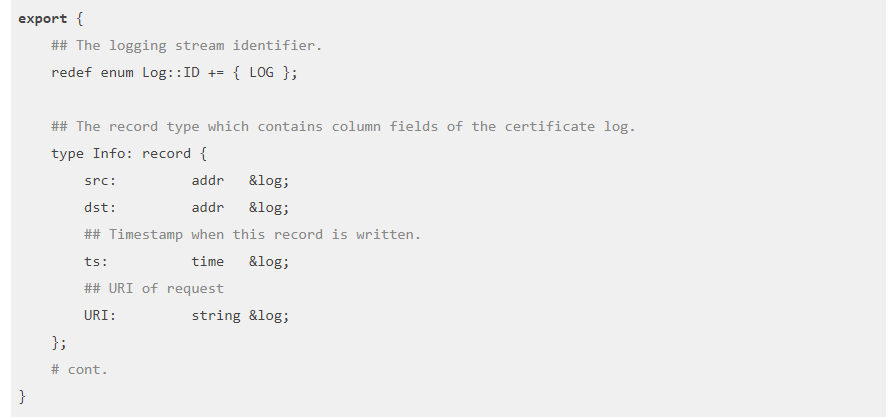The Rise of Info Stealer Malware: A Growing Threat to Businesses
Stealer malware, or information-stealing malware, is a type of malicious software designed to gather sensitive information typically targeting personal, financial, or business-related data. The data collected could include passwords, financial information, corporate data, and personal identification details. Once installed, this malware operates discreetly, often without triggering any noticeable alarms, making it particularly dangerous. The functionality of info stealer malware can be quite diverse. It may include keylogging, screen capturing, data scraping from web browsers, and accessing files and system information. Advanced variants are capable of hijacking entire email threads and manipulating communication to perpetuate fraud. It can be programmed to automatically send the stolen data to a remote server controlled by the attacker, who can then use or sell the information on the dark web.
Once collected the data could be used in malicious activities such as identity theft, financial fraud, or corporate espionage. The criminals who hacked the network may use the stolen information themselves, or sell it on dark web markets for profit. Due to its potential to capture a wide array of sensitive information, stealer malware poses a significant threat to individuals and organisations alike. Cybercriminals deploy info stealer malware in various sophisticated ways. Common methods include phishing attacks, where users are tricked into downloading malware through deceptive emails or websites. Another approach is the exploitation of software vulnerabilities, where attackers inject malware into systems through unpatched security flaws. Once installed, this malware operates discreetly, often without triggering any noticeable alarms, making it particularly dangerous.
The consequences of an info stealer malware attack can be devastating for businesses. Immediate financial losses from stolen funds or fraud can be significant. Moreover, businesses may face regulatory fines if personal customer data or sensitive data is compromised due to inadequate security measures. Businesses subject to regulations like GDPR, HIPAA, or PCI DSS may also face severe penalties in the event of a data breach. Beyond financial impacts, the theft of proprietary information or intellectual property can undermine competitive advantages, leading to long-term detrimental effects on business prospects. Additionally, the breach of trust can severely damage an organisation’s reputation, leading to lost customers and decreased stakeholder confidence. The theft of sensitive financial data such as bank account details and credit card numbers, which can be used for unauthorised transactions or sold on the dark web, will erode all customer trust and spread fear and doubt reducing or stopping future transactions with the business.
Info stealer malware can lead to significant operational disruptions. For instance, the theft of login credentials can allow attackers to gain unauthorised access to systems, leading to further exploitation such as ransomware attacks. The time, effort and investment required to review and clean all systems is a costly and labour heavy process. Perhaps the most enduring impact of an info stealer malware attack is the loss of customer trust. Businesses that fail to safeguard customer data effectively can suffer long-term brand damage, resulting in lost business and decreased market competitiveness. Research in 2023 on 784 Australian SMBs found that 24% said they would not survive the financial impact of a privacy breach and 23.7% could not recover from the reputational damage.
To combat the threat posed by info stealer malware, it is critical for businesses to employ policies and practices, such as engaging penetration testing experts, to strategize and protect their business. Penetration testing, or pen testing, involves simulating cyberattacks on a computer system to identify vulnerabilities that could be exploited by malicious actors. In the context of info stealer malware, penetration testing serves several crucial functions:
- Identification of Vulnerabilities: Pen testers can identify and prioritise vulnerabilities and uncover security weaknesses that could be exploited and may not be detected by automated tools, including those that could be exploited by info stealer malware. This includes testing for weak points in network security, application flaws, and system misconfigurations.
- Simulating Real-World Attacks: Unlike other security assessments that might only theoretically evaluate defences, pen testing involves simulating an attack, demonstrating how an info stealer malware could enter and spread within a network and how defences perform under attack. This practical insight is invaluable for understanding the potential pathways and impacts of such malware,
- Developing Remediation Strategies and Guidance: Post-assessment, penetration testers provide detailed reports and recommendations for fortifying security postures. They provide guidance that may include patching identified vulnerabilities, enhancing security protocols, and implementing more robust data protection measures.
Employing penetration testing experts provides businesses with a proactive approach to cybersecurity. These experts bring specialised knowledge and tools that can detect vulnerabilities before they are exploited by malicious actors. Additionally, regular pen testing aligns with best practices for security maintenance, ensuring that defences remain robust over time and adapt to new threats as they emerge.
As the threat landscape evolves, the rise of info stealer malware represents a significant and growing challenge to businesses. The stealthy nature of these attacks and the severe consequences they can have on businesses highlight the importance of proactive security measures. Penetration testing stands out as a critical strategy not only for identifying and mitigating risks but also for ensuring that a business can defend itself against the sophisticated tactics used by today’s cybercriminals. Employing penetration testing experts is not just a defensive measure but a proactive strategy to enhance an organisation’s security posture. In an era where data breaches can mean the difference between business continuity and downfall, investing in advanced security measures and expertise is not just advisable; it is imperative for safeguarding the future of any enterprise.



